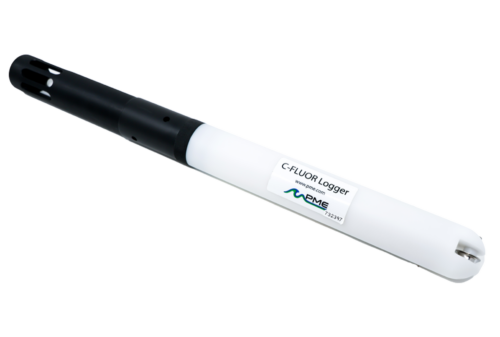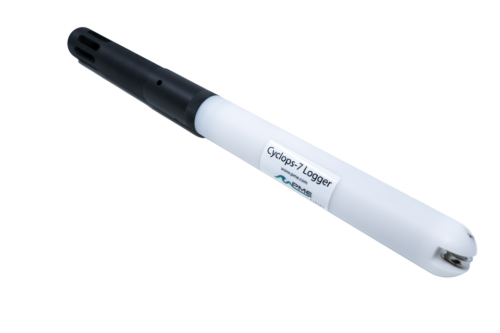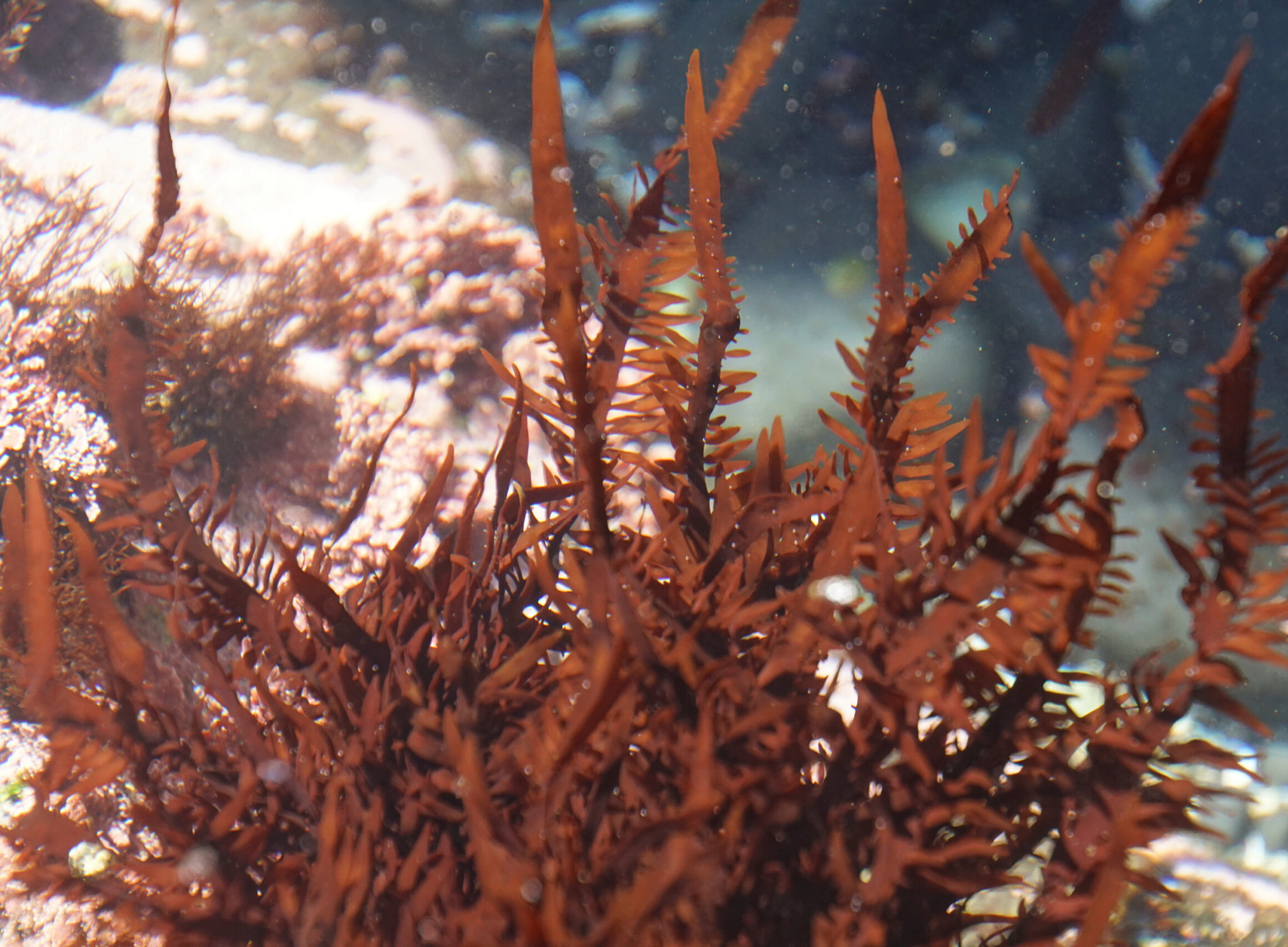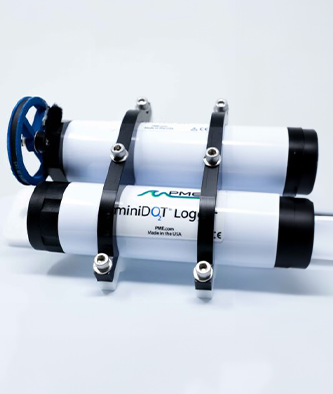Water Quality Parameters
Phycoerythrin
An overabundance of phycoerythrin can indicate a problematic nutrient imbalance within a water body. Harmful algal blooms associated with Rhodophyta are sometimes referred to as the toxic “red tide,” but phycoerythrin has also been a positive force in the field of water research. Fluorescent dyes like that which have been derived from phycoerythrin are crucial tools for ecological researchers. Other fields have begun investigating the pigment as an antioxidant for nutritional or medicinal uses.
Since chlorophyll fluorescence cannot be used to accurately determine cyanobacterial presence, analyzing phycobilin concentrations is essential for detecting, quantifying and monitoring cyanobacterial levels. Optical kits are used to quickly and easily detect this portion of the phytoplankton population.
How Do We Measure Phycoerythrin in Water?
Using a fluorescence method, PME’s Interchangeable C-FLUOR Logger and Fixed Cyclops-7 Logger are both capable of measuring phycoerythrin concentrations in waterbodies. The C-FLUOR logger boasts a measurement capacity ranging from 0 to 700 ppb (parts per billion) at a minimum detection limit of 0.1 ppb. The Cyclops-7 Logger also features a minimum detection limit of 0.1 ppb and can detect phycoerythrin concentration up to 750 ppb for projects studying heightened concentrations.
Products Measuring Phycoerythrin

Interchangeable C-FLUOR Logger





